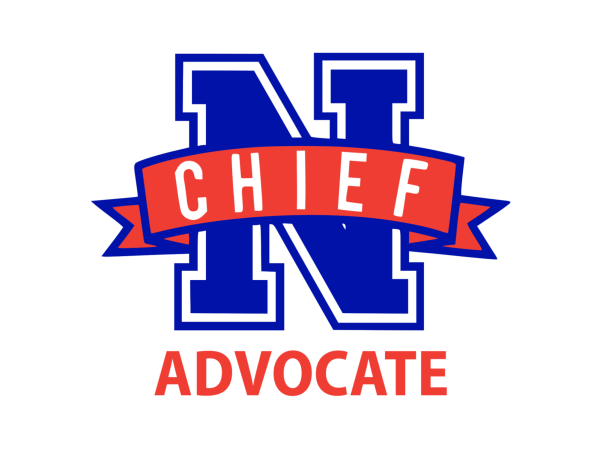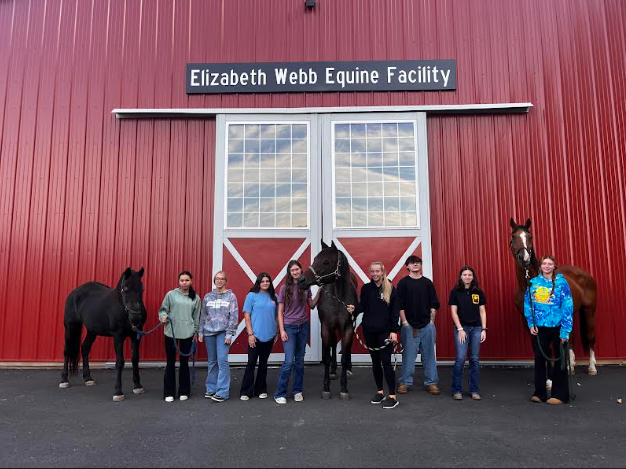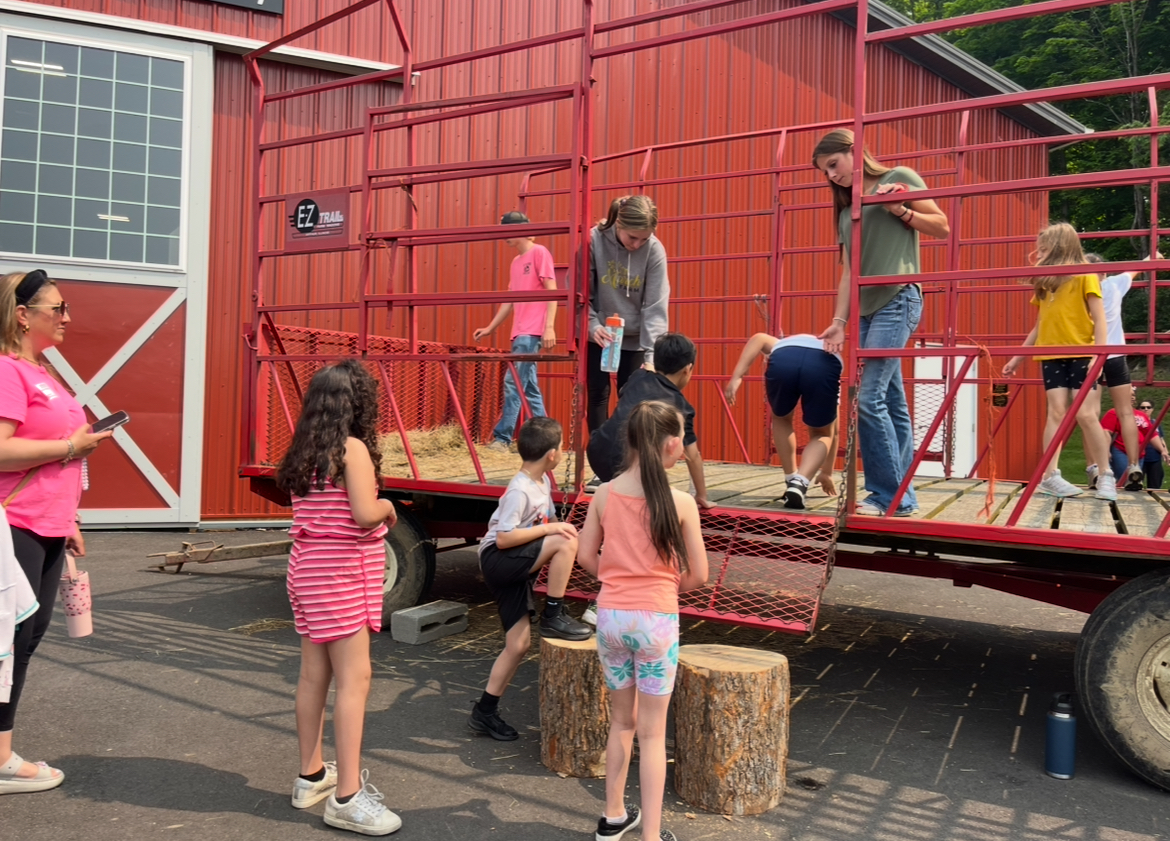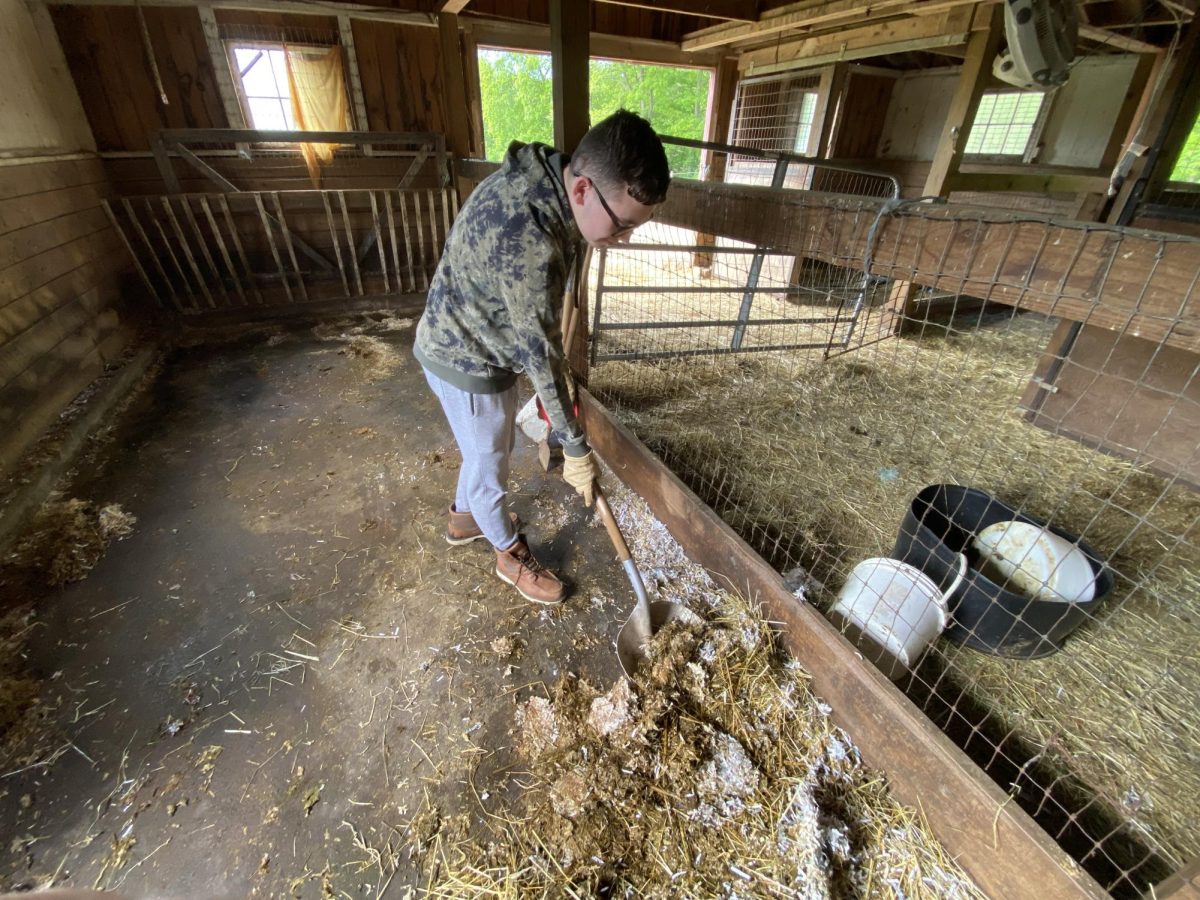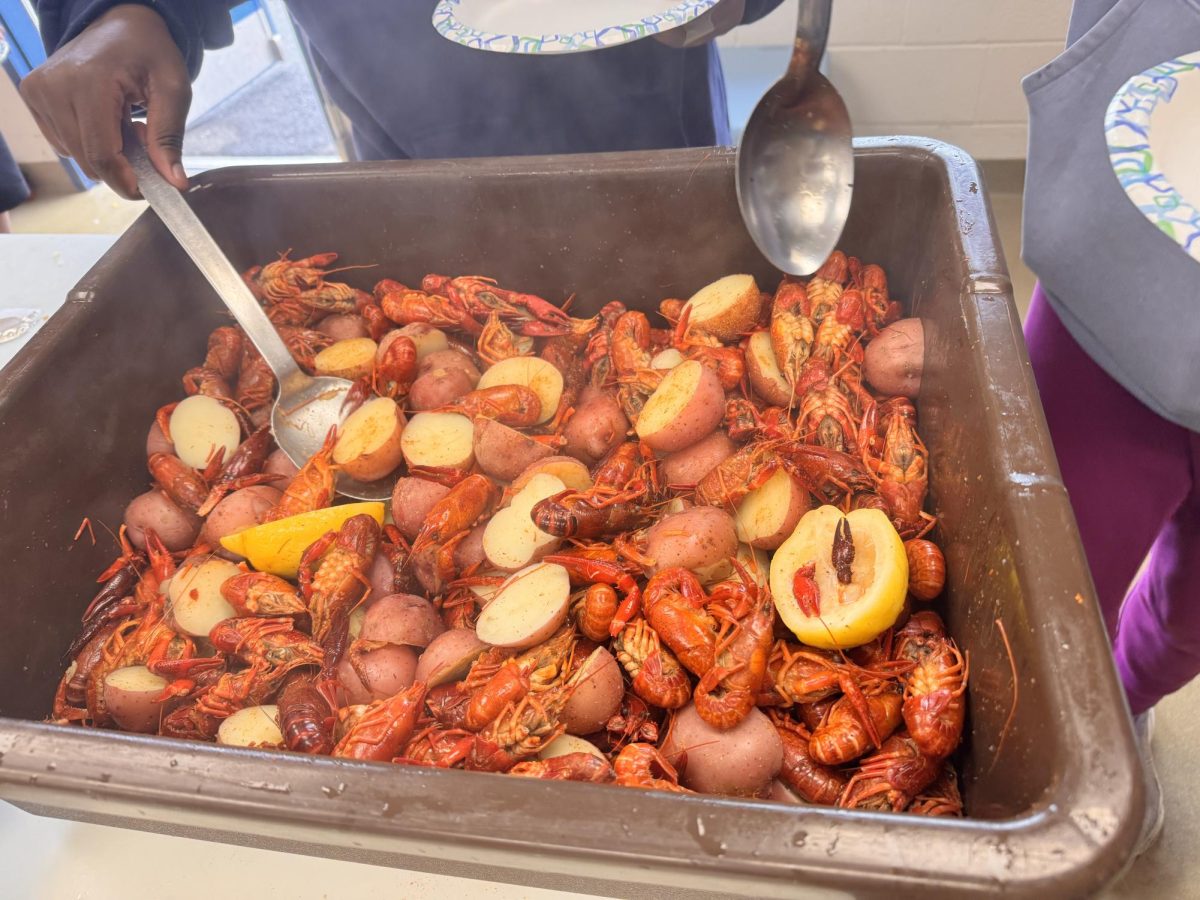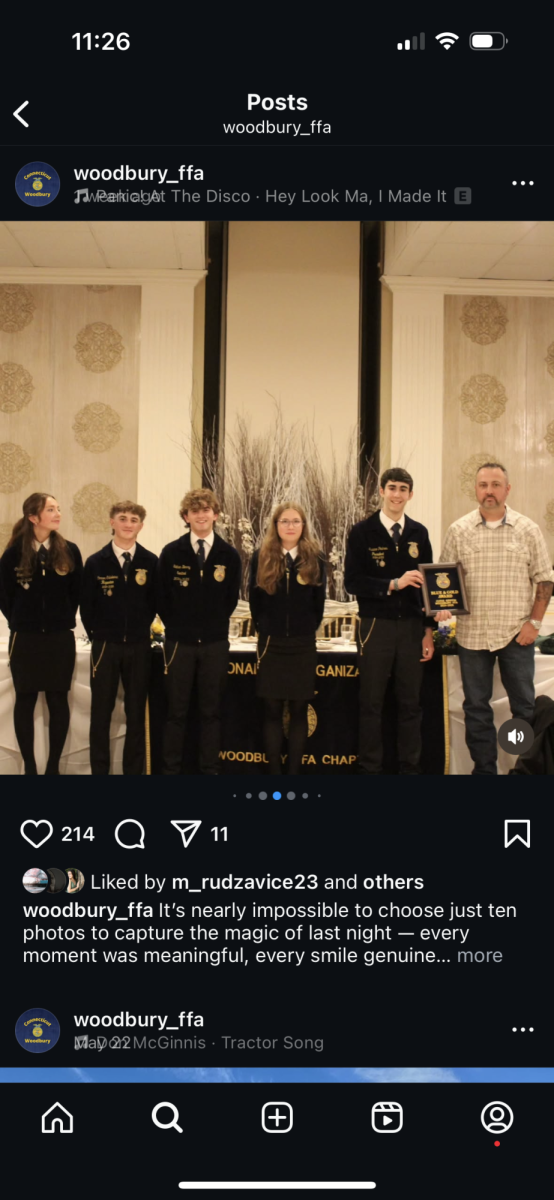WOODBURY — At Nonnewaug High School, collaboration is king. For NHS agriscience students particularly, many classes have been taking advantage of courses that utilize cross-course-collaboration, allowing students to work together across disciplines.
Andrew Zielinski, the mechanics instructor at NHS, thinks that combining classes is needed because it’s such a hands-on class with so many students.
“One advantage [of cross-course-collaboration] is that everyone gets the same materials delivered to them in the same way and at the same time,” Zielinski said. “It’s also easier to keep the classes on track with each other so one’s not ahead of each other.”
While there are many positives to classes working together, there are also some challenges with collaborative teaching and learning.
“Some of the difficulties are that there are 20 kids with not a whole lot of seats to fit all of the students,” Zielinski said. “A class of 20 is a lot harder to control than a class of 12.”
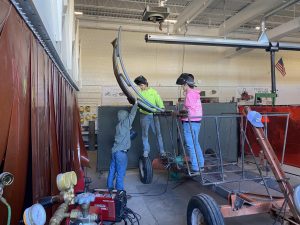
Much like Zielinksi, equine science teacher Marisa Bedron understands there are significant upsides to encouraging students to extend their learning across subject areas.
“The positive of joining classes is the combined power of problem solving that often occurs in the classroom as well as grouping differentiation within the class,” Bedron said. “In addition, combining classes allows for two teachers to provide assistance as needed.”
However, with combining classes it does often lead to larger groups due to limited resources which can cause less time for hands-on experiences for individual students.”
John Dominello, the culinary arts instructor at NHS, often collaborates with Kathleen Gorman, the natural resources instructor. They team up and create unique opportunities for their students. Dominello thinks working with Gorman is the “perfect situation” because it takes the best of what they both have to offer for the class’s success.
“I taught 16 years ago, I worked in restaurants, hotels, country clubs, so the knowledge I have with food and culinary arts we combine with her knowledge of agriculture. However it goes one step further than that because she has better foundational knowledge of cooking and culinary arts. She’s really good at what she does in the kitchen as well, so when we combine both of those, it’s perfect.” Dominello said. “Us working together, it’s really a perfect situation.”





